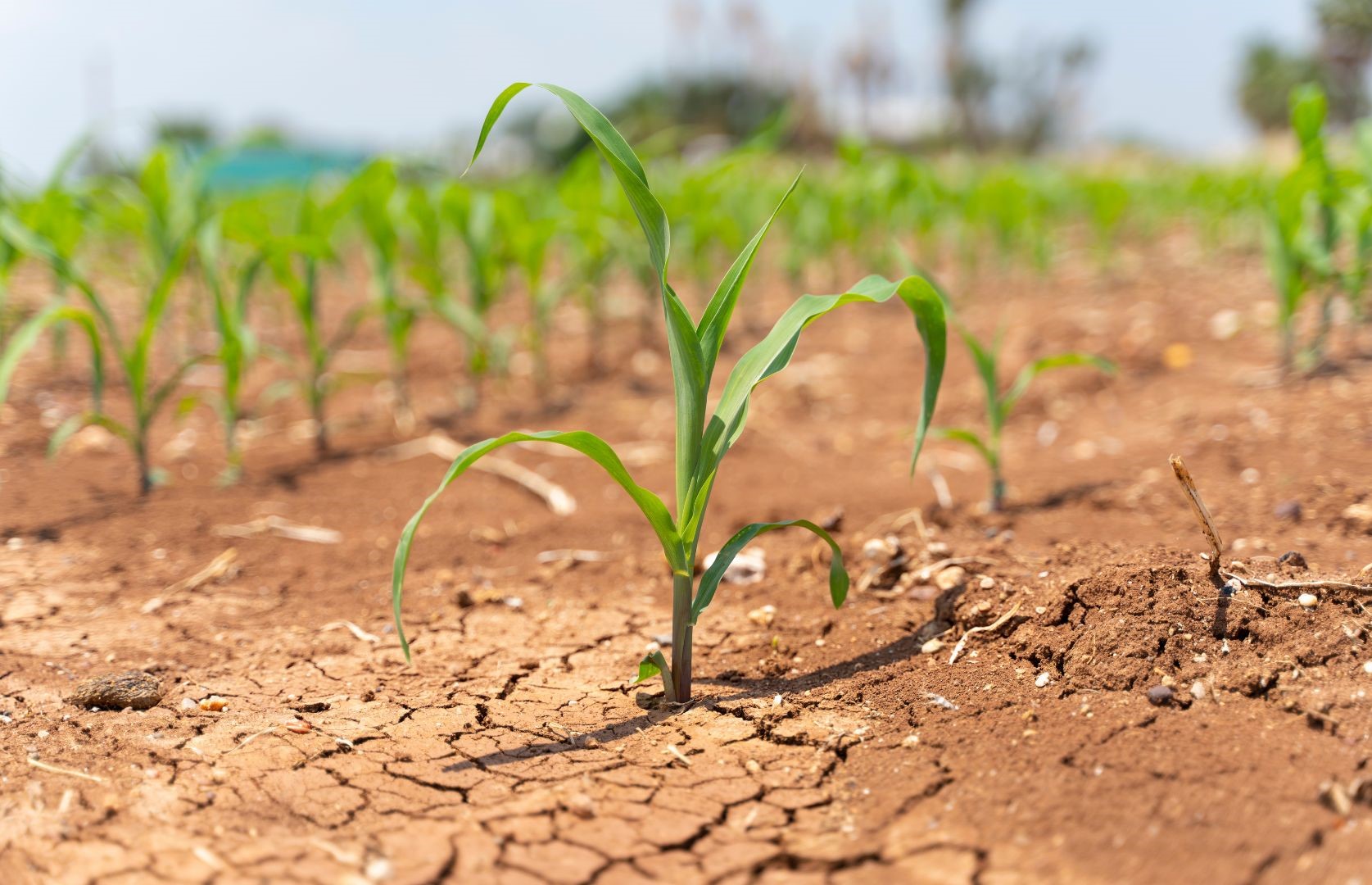The two sides of climate change: can it harbor opportunities?

This post is also available in:
This post is also available in:
![]() Español (Spanish)
Español (Spanish)
Agriculture, the engine of human civilization, stands at a crossroads. On the one hand, rising temperatures, shifting precipitation patterns, and extreme weather events, hallmarks of climate change, threaten global food production and security significantly. On the other hand, opportunities for adaptation and innovation emerge, potentially fostering resilience and even enhancing yields in certain regions. Examining both sides of this complex equation is crucial for navigating the uncertain future of agriculture in a changing climate.
Manifestations of the negative impact of climate change:
- Declining productivity: Studies by the Intergovernmental Panel on Climate Change (IPCC) project a decrease in global crop yields by 2-7% for every degree Celsius of warming. Heat stress diminishes photosynthesis and water use efficiency, impacting crops like wheat, maize, and rice (Schmidhuber & Tubiello, 2007).
- Water scarcity: Altered precipitation patterns and increased evaporation due to rising temperatures exacerbate water scarcity. Droughts are projected to become more frequent and intense, affecting irrigation-dependent agriculture, particularly in arid regions (World Bank, 2020).
- Extreme weather events: The frequency and intensity of extreme weather events like floods and storms are expected to increase. These events can directly damage crops, disrupt infrastructure, and lead to post-harvest losses, jeopardizing food security (FAO, 2016).
- Pest and disease outbreaks: Warmer temperatures and increased humidity favor the spread of insect pests and plant diseases, requiring increased pesticide use and potentially further environmental degradation (Garrett et al., 2006).
Opportunities created by climate change – Arguments suggesting potential for adaptation and resilience under the new reality created by climate change:
- CO2 fertilization effect: While rising CO2 levels contribute to climate change, they can also stimulate plant growth under optimal conditions. Some studies suggest a potential yield increase for certain crops, particularly C3 plants like soybean and wheat (Ackerly et al., 2010).
- Technological advancements: Advancements in crop breeding, precision agriculture, and water management technologies hold promise for adapting to changing conditions. Genetically modified crops with increased heat and drought tolerance are being developed, and automated irrigation systems can optimize water use (Tilman et al., 2011).
- Shifting cultivation patterns: Climate change necessitates adjustments in agricultural practices, including shifting planting dates, diversifying crops, and adopting alternative cropping systems like agroforestry (Campbell et al., 2014).
- Building soil health: Practices like cover cropping and biochar addition can improve soil organic matter content, enhancing water retention and soil fertility, leading to increased resilience to climate extremes (Lal, 2015).
Conclusion:
The impact of climate change on global agriculture is a complex tapestry woven with both threats and opportunities. While acknowledging the undeniable risks like declining yields, water scarcity, and extreme weather events, it is crucial to recognize the potential for adaptation and resilience through technological advancements, sustainable practices, and informed policy decisions. Embracing innovation, fostering international cooperation, and prioritizing equitable solutions for vulnerable communities is key to ensuring a food-secure future for future generations.
Further Research:
Further research is needed to:
- Refine regional-specific climate change projections and their impact on different agricultural systems.
- Develop and optimize climate-resilient crop varieties and agricultural practices.
- Assess the socio-economic implications of climate change-induced food insecurity and identify equitable solutions.
- Evaluate the efficacy of policy interventions and international cooperation initiatives in promoting climate-smart agriculture.
By continuously advancing our understanding of this complex issue and taking proactive steps towards adaptation and resilience, we can navigate the looming harvest of climate change and secure a bountiful future for agriculture and human well-being.
References
- Ackerly, D. A., Loarie, S. L., & Oren, R. (2010). Photosynthesis enhancement in temperate forests and the CO2 fertilization effect: a retrospective analysis from leaf to globe. Global Change Biology, 16(9), 2271-2282.
- Campbell, P. K., Thornton, P. K., Jones, P. G., & Smith, P. (2014). Managing climate change impacts on food security: local to global challenges. Global Environmental Change, 24(1), 156-166.
- FAO (Food and Agriculture Organization of the United Nations). (2016). The impact of climate change on food security and nutrition. FAO, Rome.
- Garrett, K. A., Dendy, C. L., Ellenberger, S. L., & Forbes, C. L. (2006. Climate change effects on plant disease: ranges, rates and thresholds. Phytopathology, 96(8), 877-892.
- Lal, R










































































